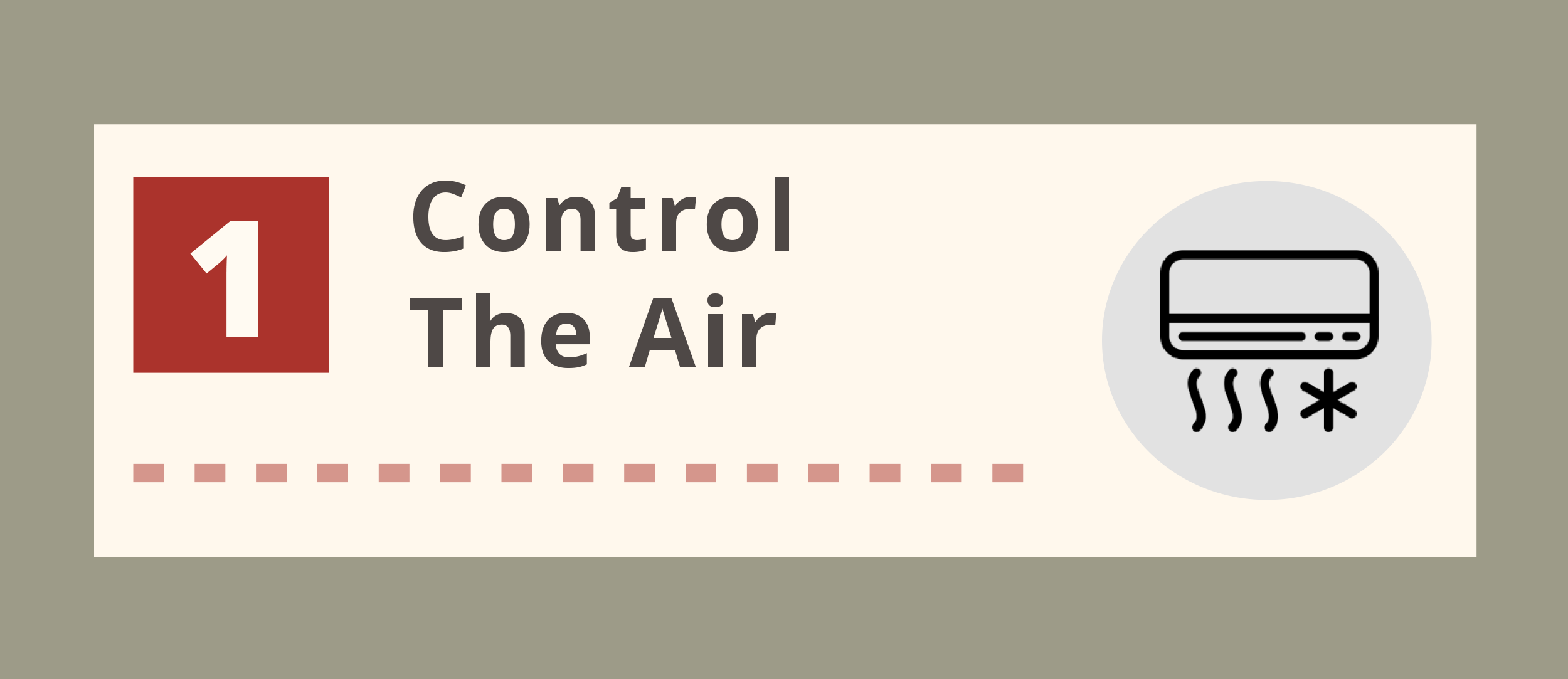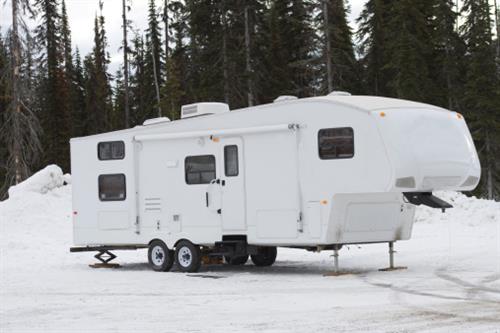Touring the country by RV will undoubtedly provide you and your family with unforgettable moments and memories. Whether camping your way through the Blue Ridge Mountains or traversing Texas, something about getting out in your rig just feels right. Putting aside for a moment all the fun you’ll have, it’s important to remember that it might not always be steady going. You could run into tough terrain, engine troubles, blown tires and, perhaps the most pesky, cold weather. Frigid temperatures can become a real nuisance on an RV vacation, but you can account for any difficulties they might cause by knowing how to properly take of yourself and your vehicle.
Six Tips and Tricks for Cold Weather RVing:

There are a number of things you can do to trap warm air in the RV and even maneuver it to those “cold spots” where heat doesn’t collect. Among them: closing roof vents, utilizing space heaters, and covering floor vents in rooms you aren’t currently occupying to push warm air from the furnace directly to the bedroom. A catalytic heater is one of the safest supplemental heating products as it produces no harmful amounts of carbon monoxide and does not use battery power.

If you prefer your plumbing functional, we recommend taking care of its components. Check the location of water lines to ensure they are being protected by a heat source. If not, a small space heater can be placed in the area to provide additional heat. NOTE: Read and follow all safety precautions when using a space heat. Understand the amp draw and how far away items need to be. Allow a slow drip from your faucets to prevent ice buildup, open cabinets in the bathroom and kitchen to keep water lines warm and apply heat tape to valves and connections most prone to freezing. Another option is to run RV antifreeze through the lines and in the fresh water tank. This will allow only use of the toilet, but a couple of gallons of fresh water in the refrigerator can be used for drinking and cooking.

Just like on any ordinary home, snow buildup on an RV roof can add unnecessary weight and cause the interior temperature to drop considerably. However, unlike a home with a slanted roof, snow will melt very slowly and form ice patches that linger. So, after a heavy snowfall, be sure to climb up and clear away those piles of snow.

Before beginning to plan an RV road trip to a climate with prolonged cold temperatures, get the furnace checked. Have your furnace looked at by an RV repair technician—it absolutely must be in working order before you hit the road. If the furnace stops working in sub-freezing temperatures, pretty soon everything else will, too.

Keep more cold air out by adding insulation in the key places located around your RV. Window and trim film, foam board flooring, and reflective foil all go a long way to helping you stay warm without having to run the furnace. Additionally, you can hang heavy drapes from large windows and line your rig with skirting to block those whipping winds.

The roof vent cover is one of those things we’d classify as being more important than it looks. It’s a simple concept, but one should never take for granted being able to ventilate an RV while blocking precipitation from leaking and being trapped inside. After all, the name of the game is to get rid of cold air.
Whoever said winter is when RVs go to rest, they never visited Yellowstone in February or took a tour of Alaska at Christmas time. There’s still so much to see when it’s cold outside, you just have to know how to get to it safely and comfortably.


Before considering over-Wintering in an RV, I suggest finding a large cardboard box and sleeping bag.. An RV is only one step above homelessness. They are not designed for winter-living, period.
heater is only blowing cold air
I would like to insulate the tanks under my RV travel trailer-they do have small heat pads by the outlets-but are otherwise exposed
Ticket# 35422 Is using shore power preferable to using propane to heat? We are full timing at home in Oklahoma and paying for both.
furnace does not kick on automatically
does the side panel in front of the of the radiator come off or open to clean the radiator 2003 dutch star ?
Where is the furnace?
On the road again, it's the life I love, music, laughter and friends.
We have three inside steps up to the main Floor fabricated of sheet metal with no underside insulation. Any tips for insulating this big heat sink and road noise generator? Also any recommendations on additional underside heat/sound insulation?
There are no tank heaters but they say it is 4 season